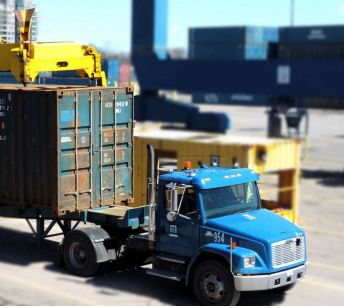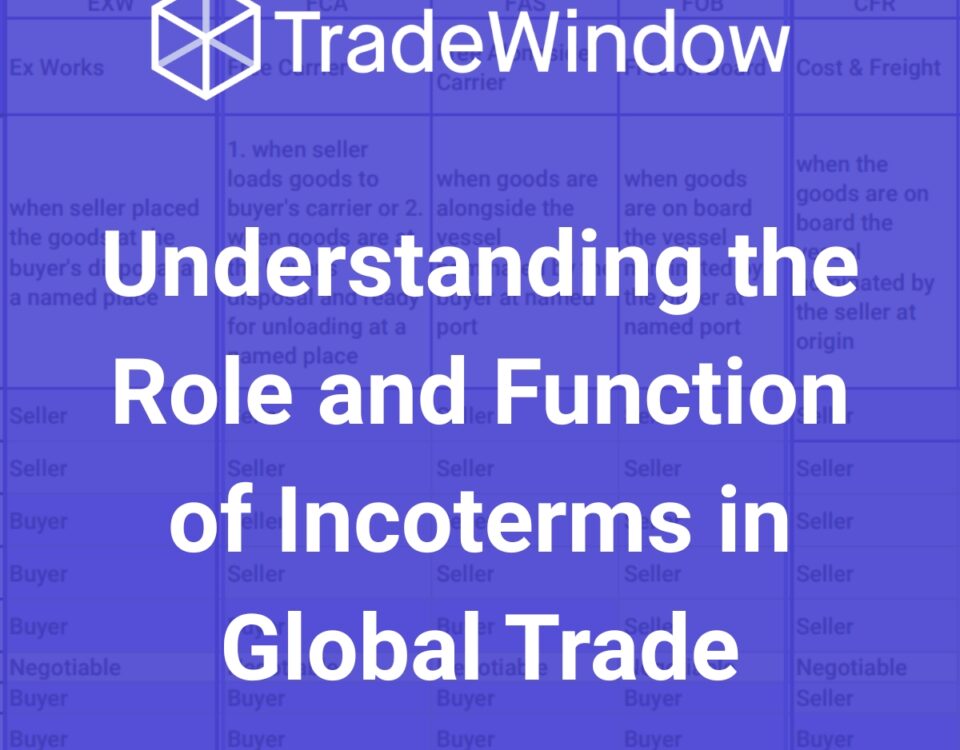
TradeWindow activates PortConnect to increase NZ port visibility

Buy New Zealand Made signs on with TradeWindow Assure+
Getting export ready – a practical guide to small business exporter success
Smaller ambitious New Zealand businesses often turn to exporting as a way to grow, but entering new markets can be daunting with limited local knowledge or contacts, and limited capital – the Catch-22 problem for emerging exporting businesses.
International trade brings new challenges for any business: new costs for travel, establishing new relationships, inventory building, customs, freight, finance terms and options and dealing with complex regulations and compliance requirements. We recently ran an Exporter Roadshow with the NZ Trade and Enterprise (NZTE), ASB Bank and New Zealand Export Credit (NZEC) to discuss practical steps to help small businesses grow through exports into new markets.
Connecting with new markets and buyers
Growing businesses stepping up to the world stage often underestimate the investment necessary to make an impact in overseas markets, says Craig Armstrong, Director of Customers with NZTE.
When considering new markets for growth and expansion, it is very important to conduct a thorough analysis, assessment and validation of these markets. This helps to have a full understanding of the requirements and commitments to achieve success in new markets. These include costs of marketing and investment and the value of having a local representative in the target market. By understanding these challenges, small exporters can better prepare themselves for success in the global marketplace.
The NZTE provides business assessment tools, export and investment education, and market guides about business culture and consumer trends – all resources that businesses should take advantage of when investigating entering new markets.
Finance exporting operations
The ideal scenario for any business is to receive payment from the buyer in advance of shipment so that prepayment injects the cash needed to build inventory and manage the exporting process; and where the buyer carries the risk of non-delivery, however, new exporters may find it hard to achieve these terms.
In cases where the exporting business must carry any risk of buyer default, loss of goods, or any other ‘worst-case-scenario’ issues, small businesses may not immediately have the financial and practical capabilities to manage the exporting process on their own.
To mitigate financial risks, the banking system can help, advises Mike Atkins, head of TradeWindow at ASB Bank. New Zealand banks can act as the representing agent to collect export sale proceeds from the buyer once the Bill of Exchange documents have been submitted – this is known as the documentary collection process. Alternatively, a documentary letter of credit can guarantee payment from the buyer’s bank once compliant export documentation has been submitted.
Beyond the private financing, additional expert advice and support can be solicited from the NZEC, which is eager to help first-time exporters, advises Phil Quinn, Senior Business Originator with the agency. The NZEC provides a wide range of financial solutions (complementary to private financing options) to mitigate repayment risk, secure export sales, and access trade finance.
Digital trade technology
Managing complex regulations and compliance requirements can slow down business operations and turn-around time for international trading, this is especially precarious for businesses awaiting payments or trading in perishable goods. Like any paper-based industry, trade is also going digital to realise the benefits of productivity and connectivity.
Digital trade platforms can deliver real-time updates, eliminate manual data entry, ensure information and data integrity. One such platform is TradeWindow Prodoc, which generates key export documentation automatically and uses real-time Electronic Data Interchange (EDI) to share critical data with partners within customers, biosecurity, ports, customs, freight forwarders and shipping companies. Users of Prodoc choose from a library of globally recognised export documents, which follow United Nations Layout Key (UNLK), Universal Business Language (UBL) and Free Trade Agreement (FTA) requirements.
The automation and digitisation of the process reduces time and monetary costs at both ends of the trading process and helps to manage compliance with international standards – streamlining the overall process. The Asian Development Bank reports that the adoption of full digital trade processes could cut an average trade cost by more than 13% for an economy. Individual Prodoc users have reported up to a 63.4% productivity increase, with documents previously taking longer than 45 minutes to complete now only taking 11 minutes per shipment.
The TradeWindow Academy, headed by Lucia Trafandir, provides industry knowledge training courses alongside product training. Together, this will equip any new exporter with a strong understanding of the global supply chain end-to-end process, its ecosystem and international trade standards and guidelines.
For businesses venturing into export now, it is important to look around for all the support and financing options readily available; and to look ahead towards productive, innovative solutions that will enable an easier transition into international trading.
Fortunately, there is support available to expand into new markets. The exporting of goods and services was last reported to be worth almost a quarter (22.5%) of New Zealand’s overall gross domestic product, and is well supported by the public sector. You can seek expert advice from the New Zealand Trade and Enterprise (NZTE), find finance options and support with ASB Bank and New Zealand Export Credit Office (NZEC), and innovations in digital trade can make the traditional blizzard of paperwork a whole lot easier with TradeWindow’s solutions. Managed well, these benefits and support systems can ease the journey of exporting to new markets for the first time.
TradeWindow’s Export Roadshow – a discussion on the challenges faced by new exporters can be viewed here.
For more information on TradeWindow Prodoc and how we can help, contact us.






